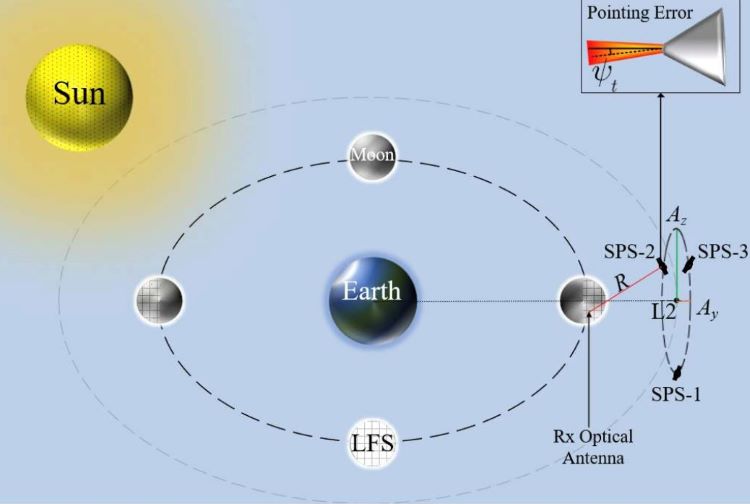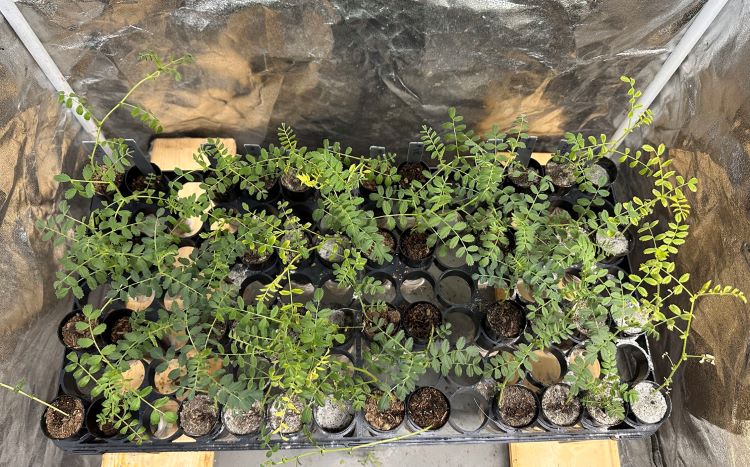It’s not long before a conversation about space travel is likely to turn to the impact on the human body. Our bodies have evolved to exist on Earth with a constant force of 1G acting upon them but up in orbit, all of a sudden that force is apparently lacking. The impact of this is well known; muscle loss and reduction in bone density but there are effects of spaceflight. Cosmic radiation from the Galaxy has an impact on cognition too, an effect that has recently been studied in mice!
Continue reading “What Does a Trip to Mars Do to the Brain?”What could a future sovereign Mars economy look like?
What would the economy of a future Mars society look like, and how could it be self-sustaining while being completely sovereign from Earth and its own economy? This is what a recent study submitted to Space Policy hopes to address as a sole researcher discusses a model that could be used for establishing economic freedom on Mars, enabling both monetary and political stability across all Red Planets settlements. This study holds the potential to help scientists, economists, and world leaders better understand plausible governmental systems used by human settlers on other worlds while maintaining sovereignty from Earth and its own governmental law and order.
Continue reading “What could a future sovereign Mars economy look like?”Determining the Safest Martian Caves for Future Astronauts

When astronauts land on Mars someday, they might have to live in lava caves or lava tubes to survive the harsh radiation that rains down on the Martian surface every second. But which caves could offer them the best chance of survival? This is what a recent study presented at the 55th Lunar and Planetary Science Conference hopes to address as Dr. Anatoliy P. Vidmachenko from the National University of Life and Environmental Sciences of Ukraine investigated where, how, and why lava tubes and lava caves could aid future Mars astronauts regarding their survival. This study holds the potential to help scientists and engineers help mitigate risks for future Mars astronauts and what steps that need to be taken to make that a reality.
Continue reading “Determining the Safest Martian Caves for Future Astronauts”Will Space Tourists Be Getting Heart Attacks in Space?
Astronauts are considered by many to be an elite bunch of people; healthy, fit and capable in many disciplines. Went they travel into space they can face health issues related to weightlessness from reduction in bone density to issues with their eyesight. These are people at the peak of physical fitness but what will happen to the rest of us when space tourism really kicks off. It is likely that anyone with underlying health issues could worsen in space. A new study suggests those with cardiovascular issues may suffer heart failure in space!
Continue reading “Will Space Tourists Be Getting Heart Attacks in Space?”Fish Could Turn Regolith into Fertile Soil on Mars
What a wonderful arguably simple solution. Here’s the problem, we travel to Mars but how do we feed ourselves? Sure we can take a load of food with us but for the return trip that’s a lot. If we plan to colonise the red planet we need even more. We have to grow or somehow create food while we are there. The solution is an already wonderfully simple ‘biosphere’ style system; a fish tank! New research suggests fish could be raised in an aquatic system and nutrient rich water can fertilise and grow plants in the regolith! A recent simulation showed vegetables could be grown in regolith fertilised by the fish tank water!
Continue reading “Fish Could Turn Regolith into Fertile Soil on Mars”How Much Water Would a Self-Sustaining Moonbase Need?
As humanity returns to the Moon in the next few years, they’re going to need water to survive. While resupplies from Earth would work for a time, eventually the lunar base would have to become self-sustaining? So, how much water would be required to make this happen? This is what a recently submitted study hopes to address as a team of researchers from Baylor University explored water management scenarios for a self-sustaining moonbase, including the appropriate location of the base and how the water would be extracted and treated for safe consumption using appropriate personnel.
Continue reading “How Much Water Would a Self-Sustaining Moonbase Need?”Astronauts Could Deploy Extra Arms to Stay Stable on the Moon
Walking along on the surface of the Moon, as aptly demonstrated by the Apollo astronauts, is no easy feat. The gravity at the Moon’s surface is 1/6th of Earth’s and there are plenty of videos of astronauts stumbling, falling and then trying to get up! Engineers have come up with a solution; a robotic arm system that can be attached to an astronauts back pack to give them a helping hand if they fall. The “SuperLimbs” as they have been called will not only aid them as they walk around the surface but also give them extra stability while carrying out tasks.
Continue reading “Astronauts Could Deploy Extra Arms to Stay Stable on the Moon”A Rotating Spacecraft Would Solve So Many Problems in Spaceflight
If you watch astronauts in space then you will know how they seem to float around their spaceship. Spaceships in orbit around the Earth are in free-fall, constantly falling toward surface fo the Earth with the surface constantly falling away from it. Any occupant is also in free-fall but living like this causes muscle tone to degrade slowly. One solution is to generate artificial gravity through acceleration in particular a rotating motion. A new paper makes the case for a rotating space station and goes so far that it is achievable now.
Continue reading “A Rotating Spacecraft Would Solve So Many Problems in Spaceflight”Wireless Power Transmission Could Enable Exploration of the Far Side of the Moon

How can future lunar exploration communicate from the far side of the Moon despite never being inline with the Earth? This is what a recent study submitted to IEEE Transactions on Aerospace and Electronic Systems hopes to address as a pair of researchers from the Polytechnique Montréal investigated the potential for a wireless power transmission method (WPT) comprised of anywhere from one to three satellites located at Earth-Moon Lagrange Point 2 (EMLP-2) and a solar-powered receiver on the far side of the Moon. This study holds the potential to help scientists and future lunar astronauts maintain constant communication between the Earth and Moon since the lunar far side of the Moon is always facing away from Earth from the Moon’s rotation being almost entirely synced with its orbit around the Earth.
Continue reading “Wireless Power Transmission Could Enable Exploration of the Far Side of the Moon”Chickpeas Grown in Lunar Regolith Are Stressed but Reach Maturity

A recent preprint investigates how chickpeas have been successfully grown in lunar regolith simulants (LRS), marking the first time such a guideline has been established not only for chickpeas, but also for growing food for long-term human space missions. This study was conducted by researchers from Texas A&M University and Brown University and holds the potential to develop more efficient methods in growing foods using extraterrestrial resources, specifically with NASA’s Artemis program slated to return humans to the lunar surface in the next few years.
Continue reading “Chickpeas Grown in Lunar Regolith Are Stressed but Reach Maturity”






